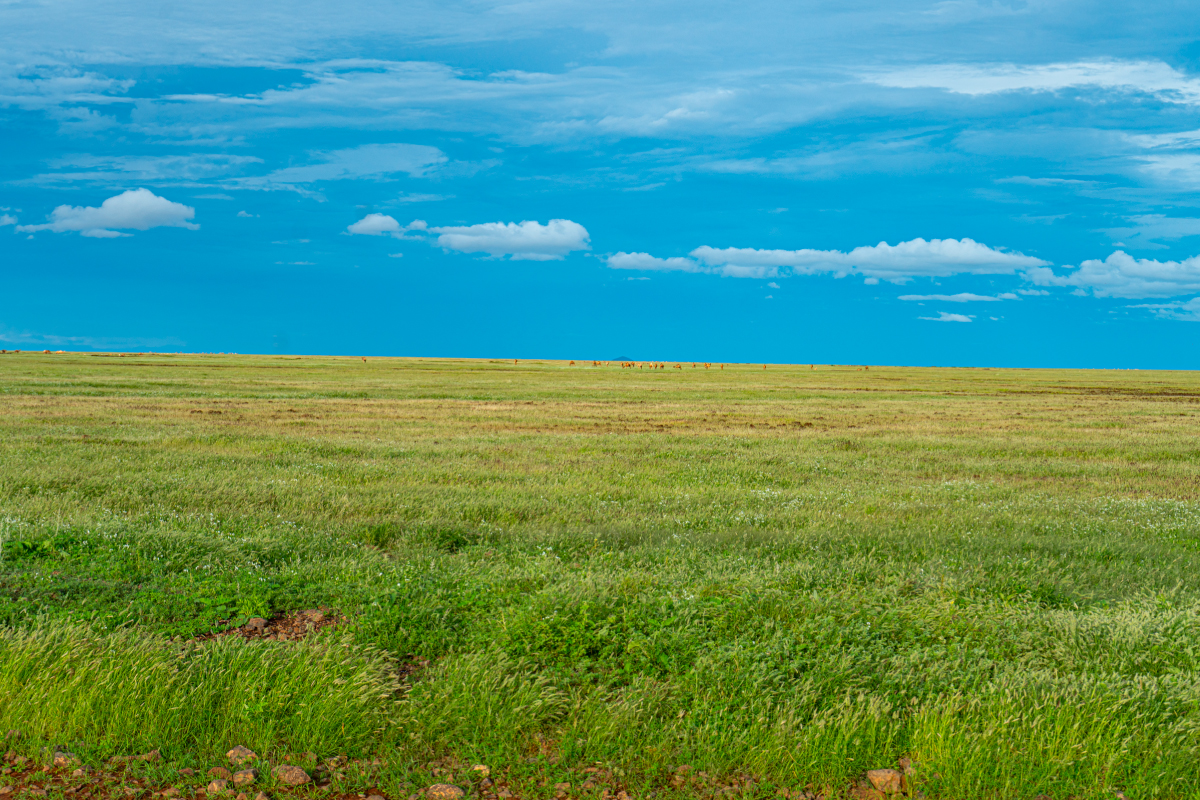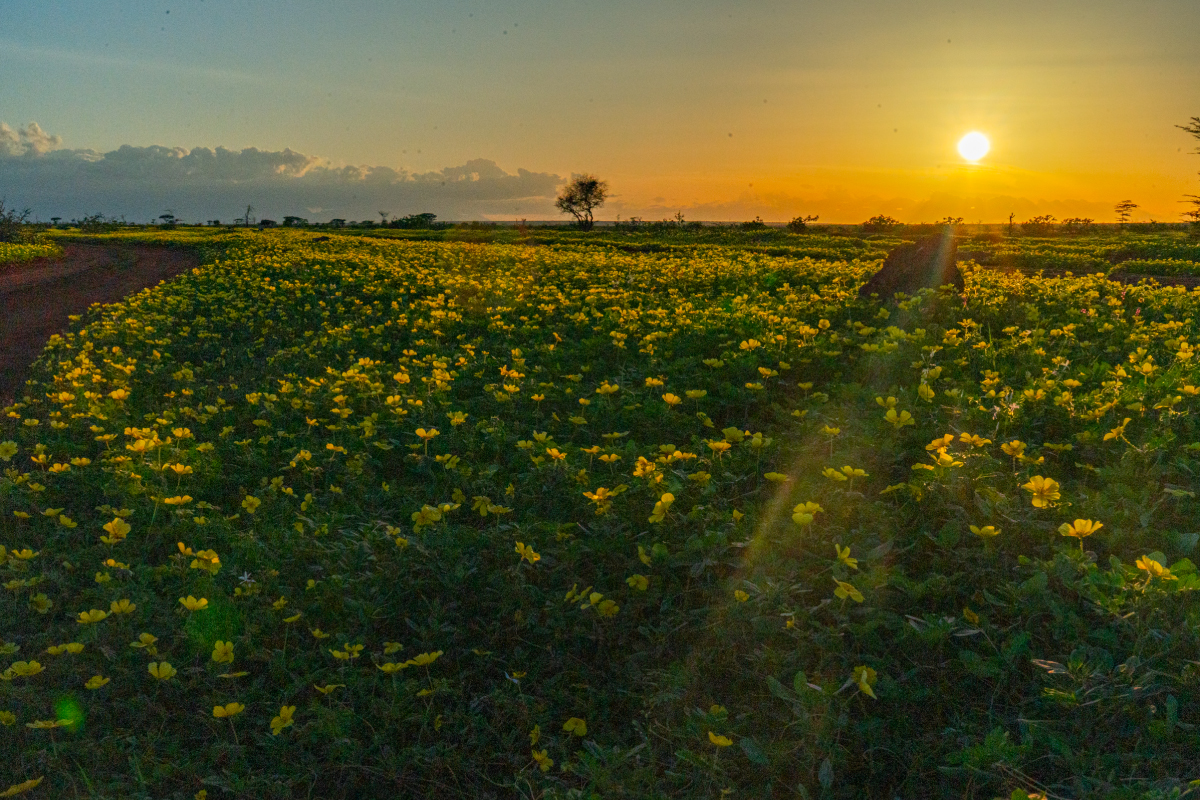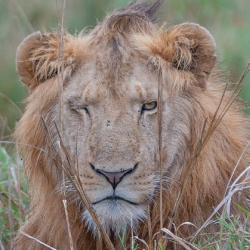Alive Again! The rains breath new life into Kenya's Northern Frontier
Thanks to 5 consecutive failed rainy seasons, the past few years have been extremely tough for indigenous #community livelihoods in Northern Kenya. Up until April this year, the region had endured a prolonged 5 year drought spell that saw about 80% of livestock ruthlessly decimated. The landscape was completely hammered and overgrazed. However, the recent rains have brought the much anticipated respite for herders who've had to cross territorial jurisdictions and communal land boundaries in search of pasture and #water. The grasslands are now green and back to life with minimal herds of livestock roaming the vast landscapes. A huge relief for nature and hopefully a lesson for our people to understand that nature also has its limits.
Africa is now the world’s most climate-vulnerable continent. Left unaddressed, these #vulnerabilities will inevitably lead to more #displacement and #migration with time. In Africa, 75 % of people living below the poverty line rely on #agriculture and other natural resources to make a living.
Climate change reduces harvests, compromising both a family’s ability to eat as well as earn a decent income. Changes in global weather patterns are already undermining the viability and quality of major crops such as wheat, rice, and maize in tropical and temperate regions of Eastern and Southern Africa. Pastoralists in the Horn of Africa region have already lost most of their livestock during the last drought. What does that mean for Africans? It could eventually push 122 million more people, mainly farmers, into extreme poverty by 2030!
These are the sobering realities that must be uncovered and brought to light by the #media so that Africans get to know the truth, keep their #leadership, governments, institutions and partners accountable and ensure #climateaction NOW.
The complex nature of #climatechange demands a multi-stakeholder approach to tackle this monster. We can no longer afford to work in silos. The days of governments and civil society institutions constantly being at loggerheads over environmental concerns are gone. The private sector and financial institutions have the resources required to work in collaboration with scientists and business leaders to ensure effective implementation of green solutions to save our planet.












